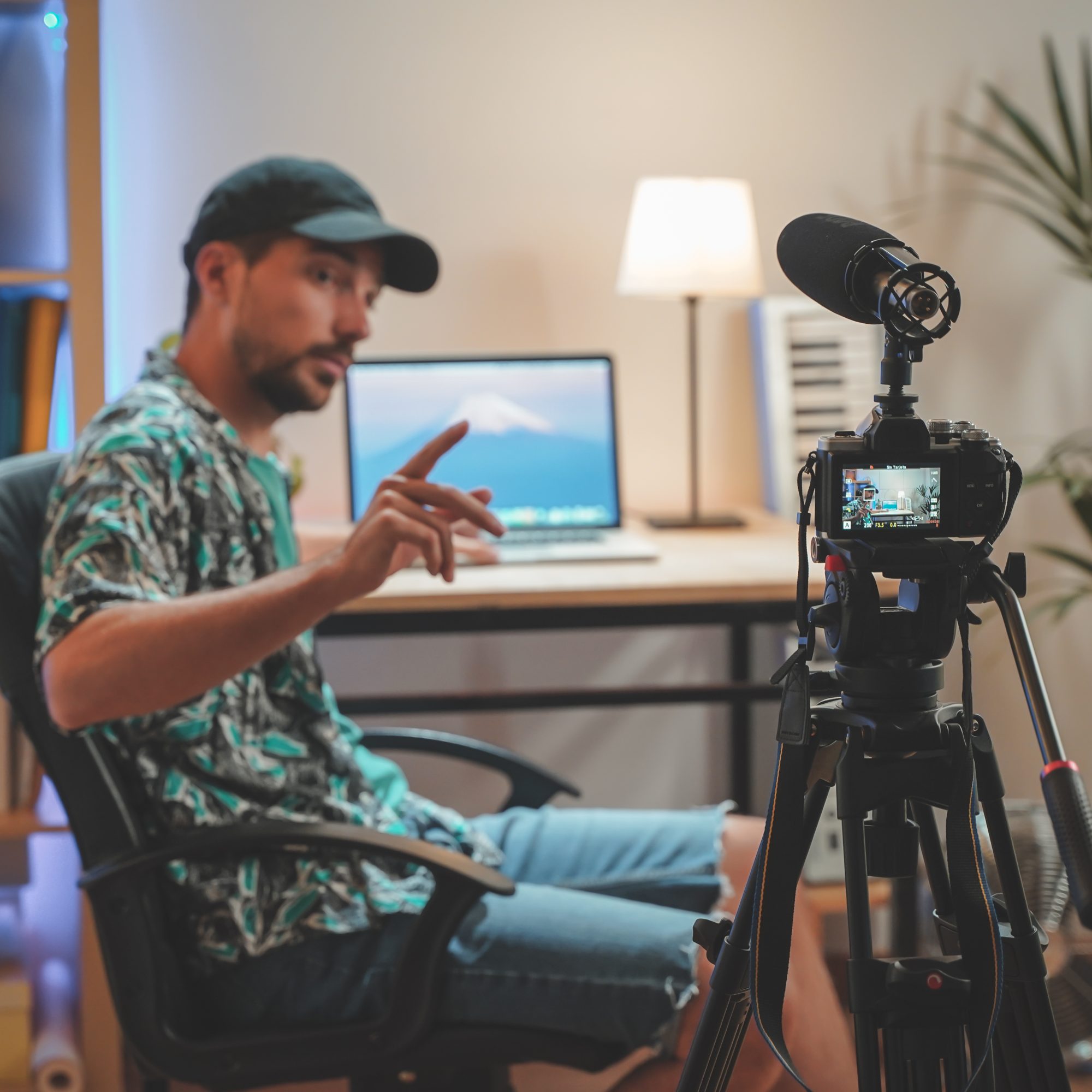When the Green Monster Strikes
Have you ever faced a situation so unexpectedly challenging that it made you rethink your entire approach? In the world of professional photography, especially when dealing with chroma key or green screen technology, such moments are not just common; they’re a rite of passage. The allure of seamlessly integrating subjects into any imaginable environment is tempered by the ‘green monster’—the myriad complications that can arise when the chroma key doesn’t go as planned.
Consider the case of a seasoned photographer tasked with creating a dynamic ad campaign. The vision was clear: place the product in various iconic locations around the world without ever leaving the studio. The green screen, a tool of infinite possibilities, promised to be the magic wand. Yet, as the shoot progressed, the green monster reared its head. Shadows not accounted for, green spill on the product, and the painstaking detail needed in post-production led to a moment of reckoning.
As with any challenge in the creative process, overcoming these hurdles required a mix of technical prowess, creative problem-solving, and a dash of patience. It’s a reminder of the importance of preparation, the value of experience, and sometimes, the necessity of plan B. For anyone stepping into the world of chroma key, it’s a journey of discovery, filled with lessons on the intricate dance between technology and artistry.
Understanding the nuances of chroma keying isn’t just about mastering a tool—it’s about embracing the unpredictable nature of photography itself. Just as photojournalism ethics challenge professionals to think critically about their work, so too does the green screen push photographers to their creative limits.
The Creative Toolbox: Navigating the Green Seas
In the vast ocean of green that is chroma key photography, every professional learns to navigate their own way. Yet, there are shared tools and techniques that can serve as a lifeline. Understanding lighting dynamics, for instance, is more than just illumination; it’s about controlling the environment to minimize those pesky green spills. Reflectors, diffusers, and meticulous positioning become the photographer’s best friends, ensuring that the subject is lit precisely while the green screen remains a consistent, uniform backdrop.
Another invaluable asset in the chroma key arsenal is software prowess. The magic of chroma keying truly comes alive in post-production, where the green monster is tamed through meticulous editing. Tools like Adobe Photoshop and After Effects offer powerful features for keying out green screens, but they also demand a deep understanding of color science and edge detail. It’s a delicate balance between removing the green spill without erasing crucial elements of the subject.
Yet, even with the best tools at their disposal, photographers often find that the most unpredictable element is the subject itself. Fabric textures, reflective surfaces, and even certain hair colors can react with the green screen in unforeseen ways, creating challenges that no amount of planning can fully anticipate. It’s these moments that test a photographer’s adaptability, pushing them to innovate on the fly and find creative solutions to maintain the integrity of the shoot.
Embracing the Chaos: The Final Frame
In the world of photography, particularly when wrestling with the green monster, the journey from concept to final product is seldom linear. It’s a path fraught with trial and error, where the initial vision evolves with each obstacle encountered. This evolution is not just a testament to technical skill, but to the creative spirit that drives photographers to see beyond the green screen, to the potential it holds.
Success in chroma key photography, therefore, isn’t just about overcoming the technical challenges; it’s about the willingness to embrace the chaos that comes with creativity. It’s about seeing a green screen not as a limitation, but as a canvas of infinite possibilities. This mindset shift is what separates the mundane from the magical, transforming ordinary shoots into extraordinary visual narratives.
As the final image emerges, free from the shadows of the green monster, it’s a moment of triumph not just for the photographer, but for the art of photography itself. It reaffirms the belief that with the right mix of technology, creativity, and perseverance, the only limit is one’s imagination.
In the end, facing the green monster is more than just a technical hurdle; it’s a journey of self-discovery and growth. So, to those standing at the edge of their own chroma key challenges, the question isn’t whether you’re ready for the green monster—but whether it’s ready for you.


0 Comment